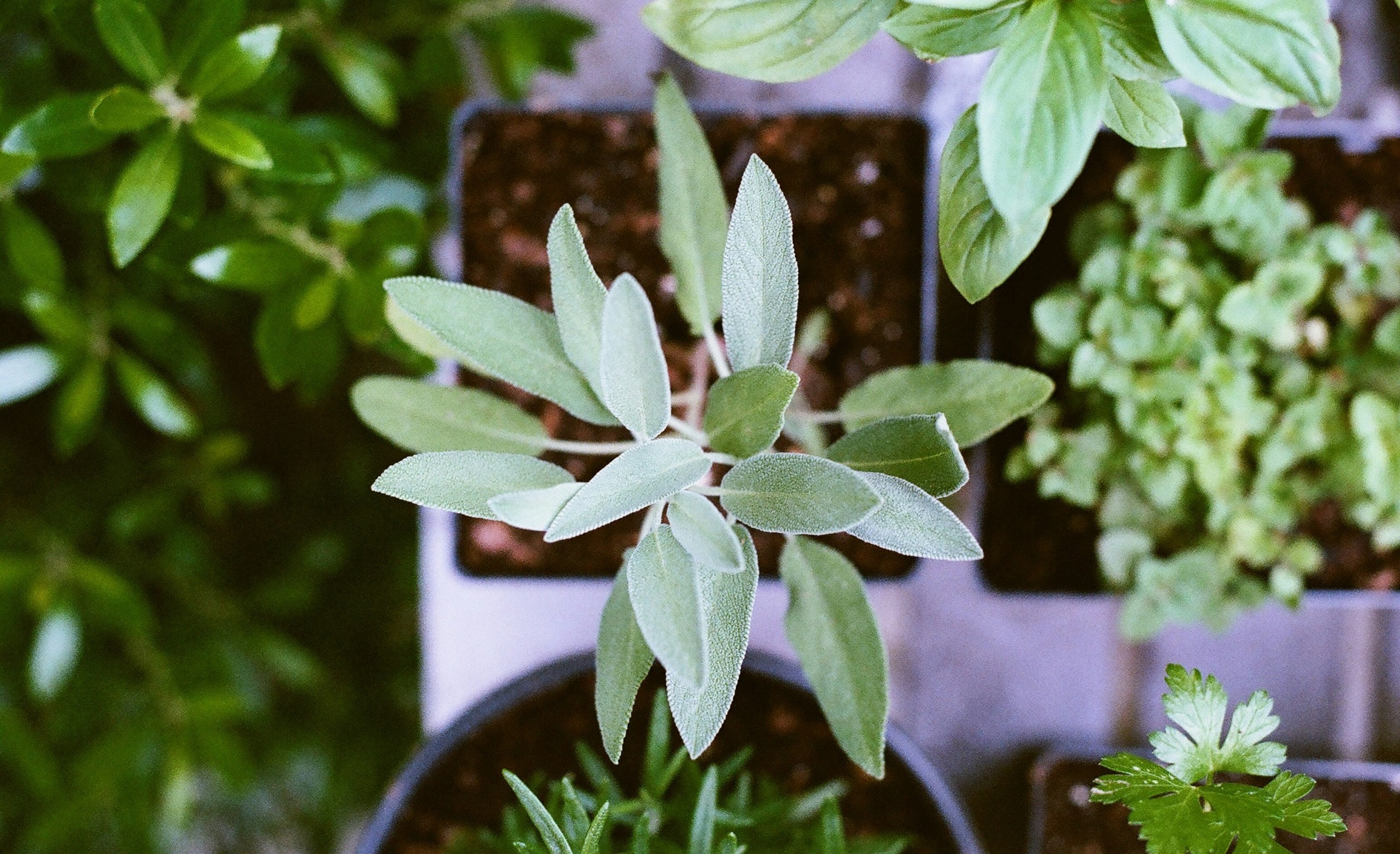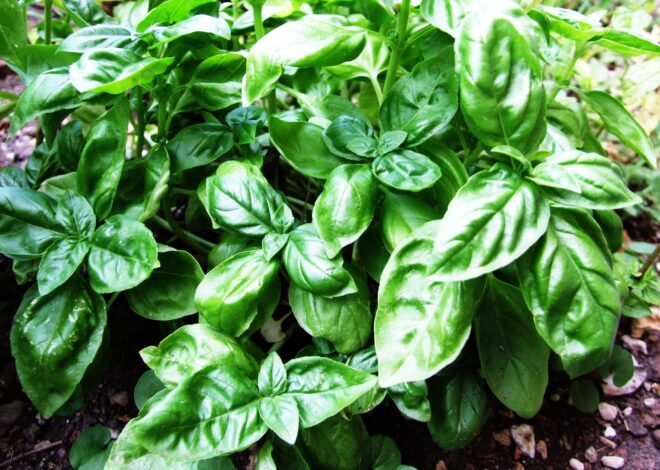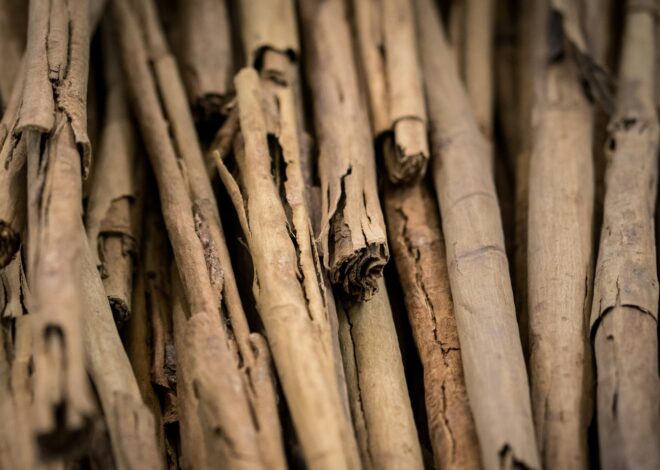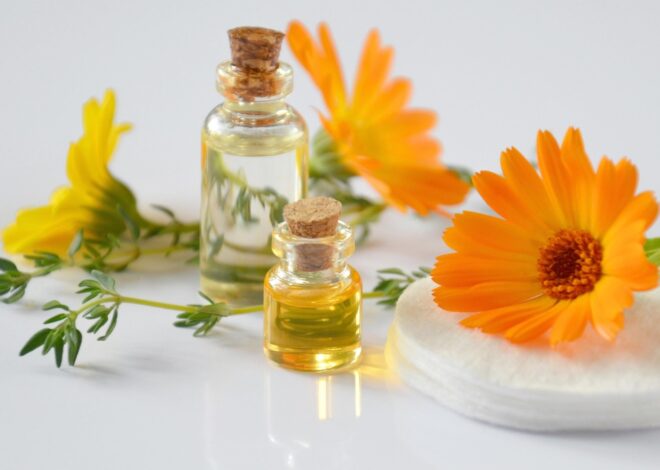
How To Grow Your Own Medicinal Garden
Welcome to our step-by-step guide on how to grow your own medicinal garden. Have you ever thought about the power of nature right in your backyard? Imagine stepping outside and plucking from fresh medicinal plants that can soothe ailments, boost immunity, or elevate your mood.
This isn’t just a dream—it’s the reality of growing your own medicinal garden. With a little knowledge and care, you can cultivate plants that have been cherished for centuries for their healing properties. Whether you’re an experienced gardener or just starting out, creating a medicinal garden is both rewarding and practical.
Not only does it provide easy access to natural remedies, but it also connects you with the earth in ways that store-bought solutions can’t match. Ready to embark on this botanical adventure? Let’s explore how to grow your own medicinal garden!
Benefits of Growing Your Own Medicinal Garden
Growing your own medicinal garden offers a wealth of benefits. First, you gain access to fresh herbs that can enhance your well-being. These plants are often more potent than store-bought alternatives. You also have complete control over what goes into your garden.
This means no pesticides or harmful chemicals, allowing for pure and organic remedies right at your fingertips. Moreover, tending to a garden can be therapeutic in itself. The act of nurturing plants provides mental clarity and reduces stress levels.
Additionally, cultivating these herbs fosters a deeper connection with nature. It encourages mindfulness as you observe the growth cycles and seasonal changes. Sharing homegrown remedies with friends and family creates bonds through wellness practices that are both personal and meaningful. Each plant tells its own story of care and healing.
Choosing the Right Plants for Your Garden
Choosing the right plants for your medicinal garden is a crucial step. Start by considering your specific health needs and conditions. Each herb offers unique benefits, so knowing what you want to achieve will guide your selection.
Think about the climate in which you live. Some plants thrive in sunny spots, while others prefer shade or cooler temperatures. Make sure to select species that are suitable for your growing environment. Research popular medicinal herbs like echinacea, chamomile, or peppermint.
These plants have well-documented uses and can easily be incorporated into various remedies. Consider diversity too; mixing different types of herbs not only enhances biodiversity but also helps deter pests naturally. A vibrant mix can create a beautiful space that’s both functional and pleasing to the eye.
Think about how much time you’re willing to devote to maintenance—some herbs require more care than others!
Essential Tools and Supplies for Gardening
Having the right tools can make a world of difference in your gardening journey. Start with basic hand tools like trowels, pruners, and weeders. They help you dig, plant, and maintain your medicinal herbs with ease. Don’t forget gloves to protect your hands while working with soil and plants.
A sturdy pair keeps you comfortable as well. Watering cans or hoses are vital for keeping your garden hydrated. Consider investing in a soaker hose for efficient watering without waste. A good-quality shovel is essential for preparing larger areas or moving compost. It saves time and energy during setup.
Consider labels or markers to keep track of what you’ve planted. This organization helps ensure that you know which herbal remedies are thriving where in your garden space.
Steps to Start Your Own Medicinal Garden
Starting your own medicinal garden is an exciting journey. So let’s go ahead and start with the first step.
Step 1: Choosing the Right Location for your Garden
Selecting the right location for your medicinal garden is crucial. Start by observing how sunlight moves across your yard throughout the day. Most herbs thrive in full sun, requiring at least six hours of direct light.
Consider drainage as well. Avoid areas prone to standing water after heavy rain. Good drainage is vital for healthy root systems and prevents mold growth on sensitive plants.
Accessibility matters too. Choose a site that’s easy to reach for regular maintenance and harvesting tasks. You want to enjoy tending your garden without feeling like it’s a trek.
Think about protection from strong winds or extreme weather conditions. A sheltered spot can help shield delicate plants while still allowing airflow, which most herbs appreciate.
Finding that perfect balance will set you up for success as you grow your own medicinal haven!
Step 2: Researching and Selecting Medicinal Plants to Grow
Researching medicinal plants is a fascinating journey. Start by exploring local and traditional herbal remedies. Books, online resources, and community forums can provide valuable insights.
Consider your needs when selecting plants. Are you looking for natural treatments for common ailments like headaches or digestive issues? Focus on those specific herbs.
Think about your climate too. Some plants thrive in warm weather while others prefer cooler environments. Check hardiness zones to find what suits your area best.
Visit nurseries or farmer’s markets that specialize in herbs. Speaking with knowledgeable staff can guide you toward the right choices for your garden.
Make a list of potential candidates based on their benefits and compatibility with your growing conditions. This step sets the foundation for a thriving medicinal garden tailored just for you.
Step 3: Preparing the Soil and Planting your Garden
Preparing the soil is a crucial step in establishing your medicinal garden. Start by clearing away any weeds, rocks, or debris from your chosen spot. A clean slate ensures better growth and health for your plants.
Next, test the soil’s pH level. Most medicinal herbs thrive in slightly acidic to neutral soils (pH 6-7). You can find affordable testing kits at gardening stores or online.
Once you know your soil’s condition, enrich it with organic matter like compost or well-rotted manure. This boosts nutrients and improves drainage—key factors for healthy root systems.
When it comes time to plant, follow specific spacing guidelines for each herb. Some need room to spread out while others prefer close quarters. Gently press seeds into the soil and cover them lightly before watering gently but thoroughly.
This preparation lays a solid foundation for vibrant growth as you embark on this rewarding gardening journey!
Step 4: Caring for and Maintaining your Medicinal Plants
Caring for your medicinal plants is essential for a thriving garden. Start by monitoring the moisture level of the soil. Most herbs prefer well-draining soil that isn’t too soggy.
Regular watering is key, especially during dry spells. However, be careful not to overwater; roots can rot in overly wet conditions. Mulching around plants helps retain moisture and suppress weeds.
Next, keep an eye out for pests or diseases. Early detection makes it easier to manage issues without harsh chemicals. Natural remedies like neem oil can be effective against common pests.
Fertilizing your plants occasionally boosts growth and vitality. Use organic fertilizers to maintain healthy soil while ensuring your herbs remain free from harmful additives.
Pruning should also become part of your routine care. Snipping off dead leaves encourages new growth and keeps plants bushy and productive throughout the season.
Step 5: Harvesting and Preserving your Herbs for Future Use
Harvesting your herbs is one of the most rewarding steps in cultivating a medicinal garden. Timing is crucial; pick leaves in the morning after dew has evaporated for optimal flavor and potency.
Gently pinch or snip the stems, being careful not to damage the plant itself. Aim to harvest about one-third of each plant at a time, allowing it to grow back robustly.
Once gathered, it’s essential to preserve your herbs properly. Drying them is a popular method; simply hang bundles upside down in a cool, dark place with good air circulation. Alternatively, use a dehydrator for quicker results.
For long-term storage, consider making herbal oils or tinctures. Infusing oils allows you to harness their benefits while creating versatile products for cooking or topical use. Store dried herbs in airtight containers away from sunlight and moisture to maintain their efficacy and aroma over time.
Tips for Maintaining a Healthy and Productive Garden
To keep your medicinal garden thriving, regular maintenance is key. Start by monitoring the moisture level in your soil. Watering deeply but less frequently encourages roots to grow stronger. Mulching can be a game changer. It helps retain soil moisture and suppresses weeds that compete for nutrients.
Regularly check for pests or diseases. Early detection makes treatment easier and prevents widespread issues. Rotate your crops each season to maintain soil health and nutrient balance. It also keeps harmful pathogens at bay.
Pruning herbs not only keeps them healthy but stimulates new growth too. Snip off any dead or yellowing leaves as needed. Don’t forget about companion planting! Certain plants can enhance each other’s growth while deterring pests naturally, creating a harmonious ecosystem in your garden space.
Commonly Used Medicinal Plants and Their Uses
A variety of medicinal plants can enhance your health and well being. Each has unique properties that are worth exploring.
Peppermint is popular for its soothing effects on digestion. It can ease stomach aches and reduce nausea, making it a staple in many herbal remedies.
Lavender is cherished not only for its fragrant aroma but also for its calming effects. It’s often used to relieve anxiety and improve sleep quality.
Echinacea is commonly associated with immune support. Many people turn to this plant at the first sign of a cold, hoping to boost their body’s defenses.
Chamomile, known for its gentle nature, serves as an excellent relaxant. A warm cup of chamomile tea can help calm nerves and promote restful sleep after a long day.
These plants are just the beginning; each one offers countless benefits waiting to be discovered in your own garden.
How to Incorporate Herbal Remedies into Your Daily Life
Incorporating herbal remedies into your daily routine can be simple and enjoyable. Start by integrating herbs into your meals. Fresh basil, rosemary, or thyme can elevate flavors while providing healing properties. Consider brewing herbal teas as part of your morning ritual or afternoon break.
Chamomile for relaxation or peppermint for digestion are great choices to explore. You might also experiment with tinctures and extracts. These concentrated forms allow you to harness the benefits of plants easily. Just a few drops in water could enhance wellness.
Additionally, essential oils offer another way to enjoy herbs’ power. Diffusing lavender in your home creates a calming environment while supporting emotional health. Keep a journal of how different herbs affect you over time. This practice not only tracks improvements but also deepens your connection with nature’s bounty.
Conclusion: Growing your Own Medicinal Herbs
Growing your own medicinal herbs can be an incredibly rewarding experience. It connects you to nature and fosters a sense of self-sufficiency. Cultivating these plants is not just about having a home remedy at hand; it’s about understanding the power of nature.
Each herb you grow tells a story. The time spent nurturing them brings joy and satisfaction that store-bought remedies simply can’t replicate. From the moment you plant the seeds, you are participating in an age-old tradition that many cultures have cherished for centuries.
As you watch your garden flourish, you’ll find peace in knowing you’ve taken steps towards healthier living. Whether it’s using fresh chamomile for tea or lavender for calming scents, each harvest offers its unique benefits right from your backyard.
Embracing this journey allows for exploration and discovery as well—experimenting with different blends or learning new ways to incorporate these herbs into daily routines adds another layer of enjoyment.
The beauty lies in the knowledge gained along the way and witnessing how such simple acts can enhance both physical well-being and mental clarity. There’s something magical about cultivating life on your terms while contributing positively to your health and lifestyle choices.




I have been growing my own herbs for a long time. Just this last year we constructed a sunken greenhouse where I will be able to grow for a longer season. I grow Lavender, Thyme, Sage, Echinacea, Peppermint, Spearmint, Oregano and more. I make an Oregano Tincture every year to use when we get colds. It is also a great natural antibiotic.
Hi Teresa,
That’s great! It sounds like you’ve grown a really nice medicinal garden. I don’t have the green thumb that my wife has but it’s fun to help her out the best I can. However, she deserves all the credit for the incredible medicinal garden she has grown. She also grows corn, green beans, lettuce, pumpkins, tomatoes and a whole lot more. We live in the Appalachian mountains on ten acres so we have plenty of room and great soil. Thank you for stopping by and sharing your wonderful medicinal garden with us today.
I grow my own herbs as well. There is nothing like having your own medicine. I make oregano tincture for colds and other ailments such as toe nail fungus. It works well and is also a natural antibiotic. I grow other herbs such as sage, all the mints, rosemary, and more. I enjoyed reading your article you have explained everything very well and I’m sure it is going to help anyone that is new to growing there own medicines.
Hello Letsret,
Thank you for stopping by and sharing your thoughts on how to grow a medicinal garden. I also appreciate you sharing your knowledge about natural antibiotics as well. The use of natural herbs and remedies have been around for centuries. Native Americans are masters of natural remedies.
And so were early American pioneers. They learned from native Americans and brought their own natural remedies as well. Learning how to grow your own medicinal garden is a great start to a healthier life. Understanding how to use these medicinal plants is key to your success.
Best wishes,